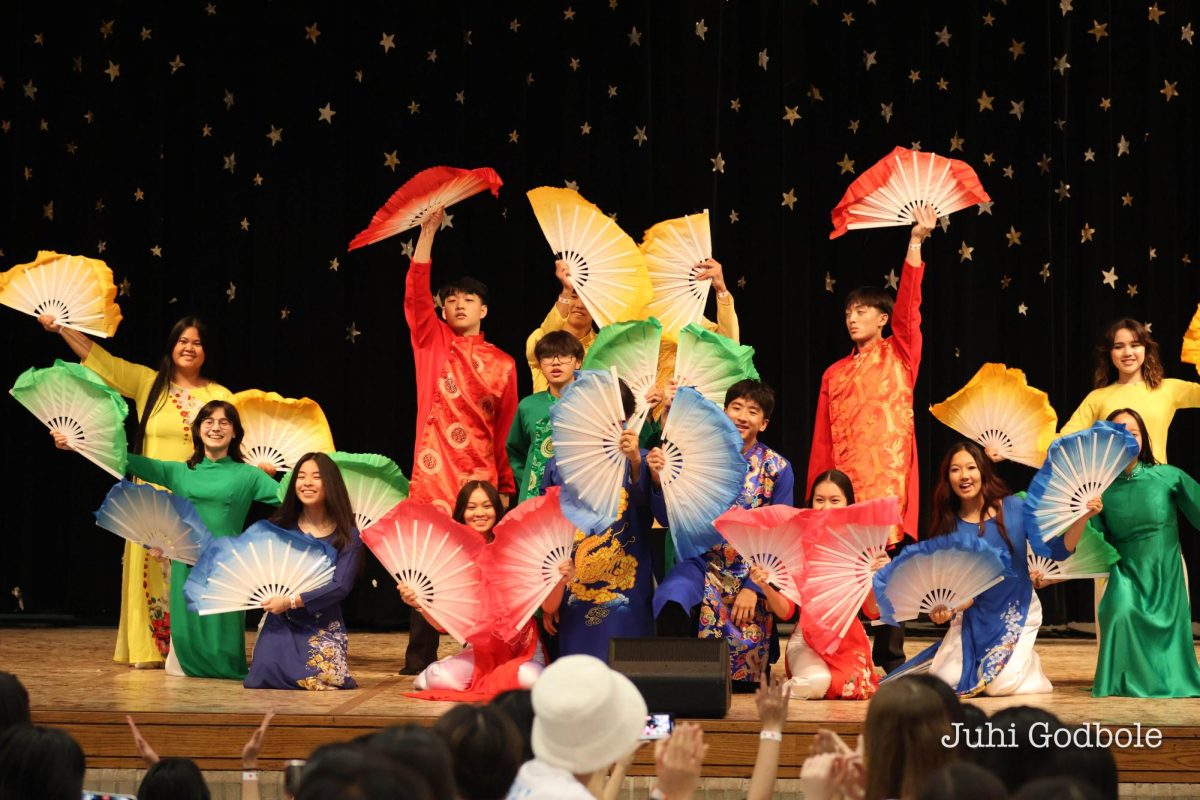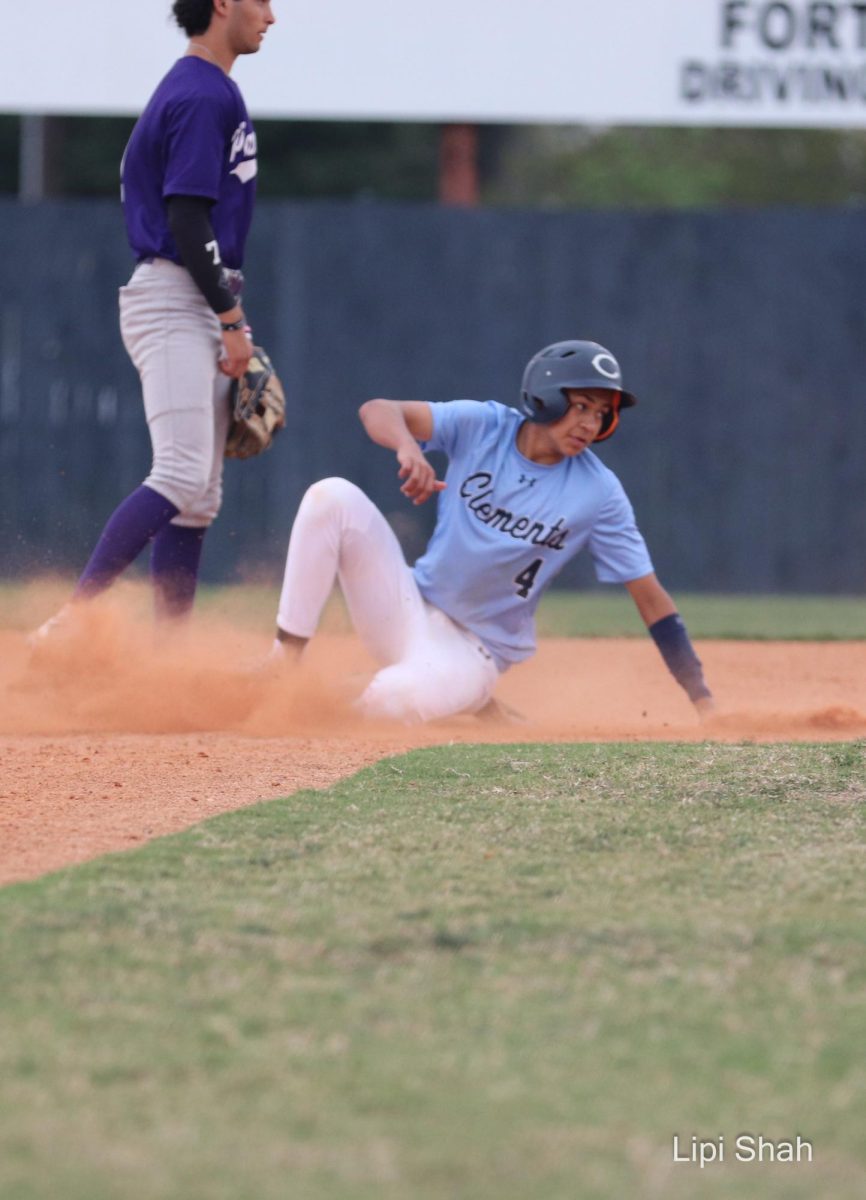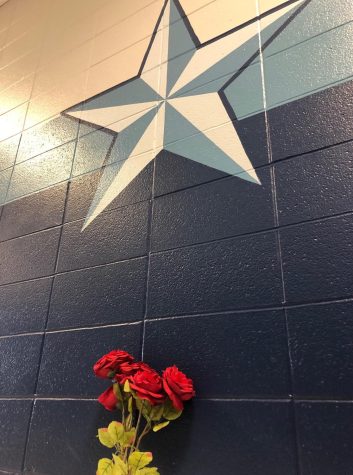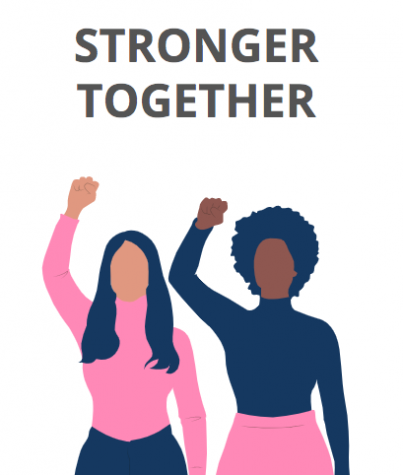An open letter to the MPAA
September 4, 2018
In 2014, Boyhood released to worldwide critical acclaim. Its widely considered to be one of the best films of the twenty-first century.
In 2016, Edge of Seventeen was released to critical praise. It was nominated for a Golden Globe for Hailee Steinfeld’s painfully honest performance as a high school junior, Nadine.
In 2017, the indie coming-of-age drama Lady Bird came out and held a 100 percent on Rotten Tomatoes from Nov. 26, 2017, to Dec. 7, 2017, (after an obnoxious critic came along and gave it its first bad review). It was nominated for five Academy Awards including Best Picture. Medium calls the film an “honest transition to adulthood.”
This year, Eighth Grade was released and is already considered to be a front-runner for the Best Picture race. These movies all share two things: they are all teen movies and they are all R-rated.
Why is the average high schooler barred from watching the average high school movie?
The criteria for an R-rated movie includes sex, drugs, profanity and violence. However, the violence clause has already been warped beyond recognition and is hardly even relevant anymore. It is the frequency of sex, drugs and profanity that remain a crucial decider of a movie’s rating.
But these three factors are not unknown to the average teen. According to a study by Advocates for Youth, 46 percent of all high school age students, and 62 percent of all seniors have had sexual intercourse. Another study done by the National Institute on Drug Abuse states that approximately 1 in 16 high school seniors report daily use of marijuana.
Students hear the f-word approximately 15 times a day at school. My little sister jokes about how her life would be R-rated if it were a movie. She hears the f-word five times a day. She’s twelve.
Admittedly, rating these movies PG-13 wouldn’t work either. Some of these movies are not the type of movies the average thirteen-year-old should be watching.
Edge of Seventeen, for instance, contains a lot of crude dialogue that isn’t very appropriate for young teens.
So, here’s a proposal: an intermediate rating that allows fifteen-year-olds to watch certain movies. This would give a lot of movies much more reach.
With this adjustment, most teenagers would get to watch movies that they can really relate to. Moreover, a lot of other movies could fit into this category too; not just teen movies. Movies like The King’s Speech, Inside Llewyn Davis, Call Me by Your Name and so on.
But do we need an intermediate rating wedged between two already close ratings?
Well, ages thirteen to seventeen are the ages most teens have their sexual awakening, which is the first time teenagers begin to feel sexually aroused by their peers.
According to a survey conducted by DrEd, based on the views of a thousand people in Britain and the United States, the average age of a sexual awakening is fifteen years and two months. At fifteen, children are no longer children. The Motion Picture Association of America (MPAA) is a large organization that rates movies based on a very concrete system. Instead of blindly noting down the number of f-words in a movie, or the length of a sex scene, they should note down the context and frankness of objectionable content. In essence, offensiveness shouldn’t be taken at face value and should be broken down before acted upon.










